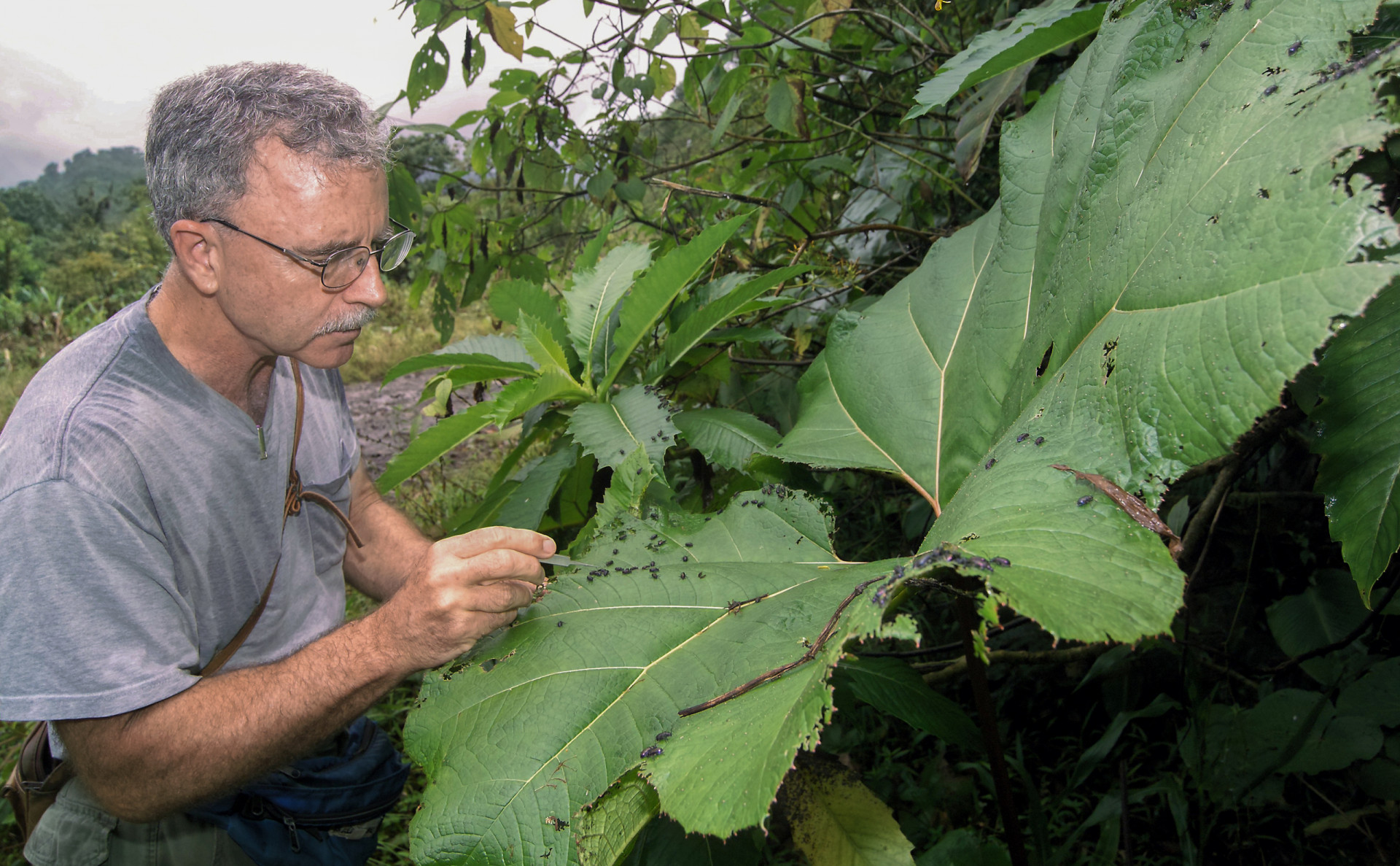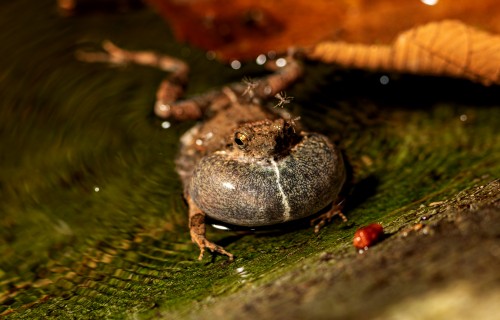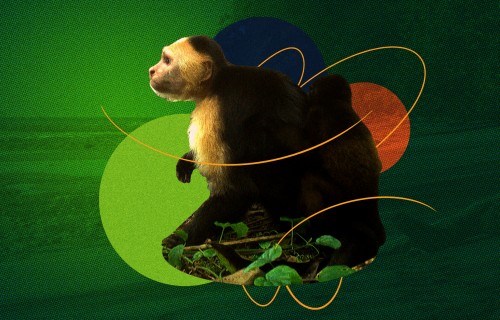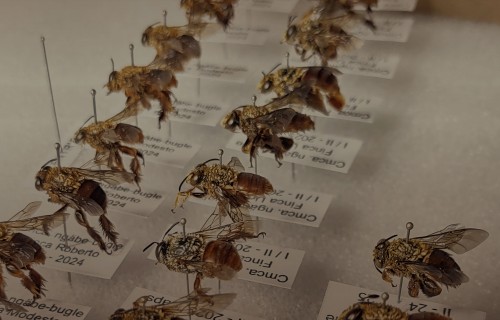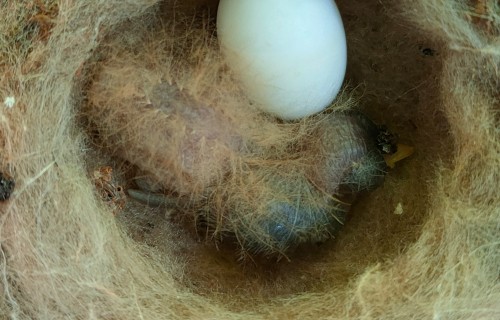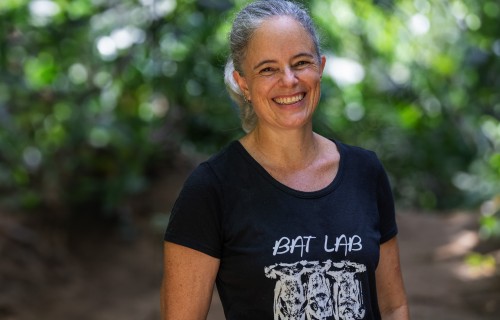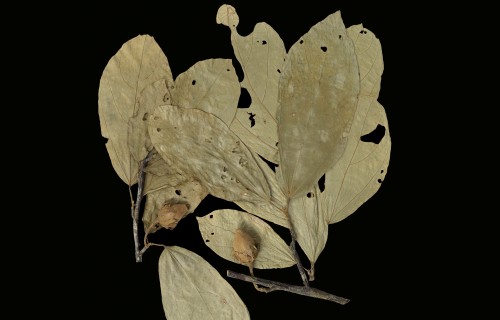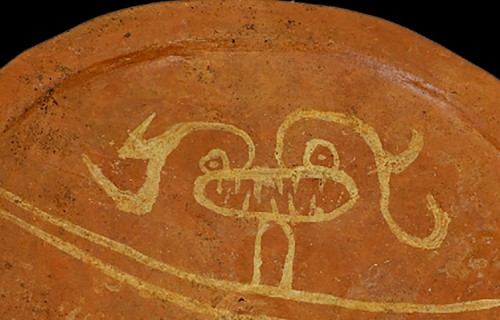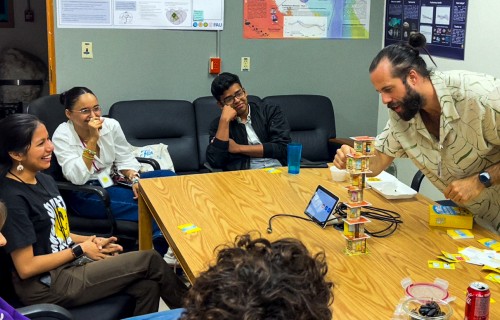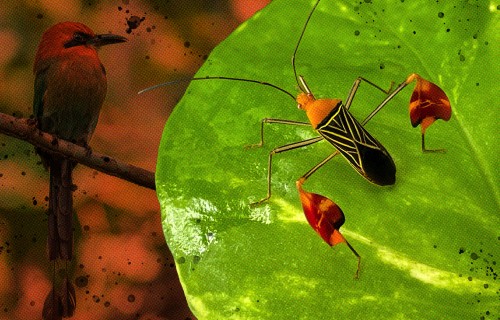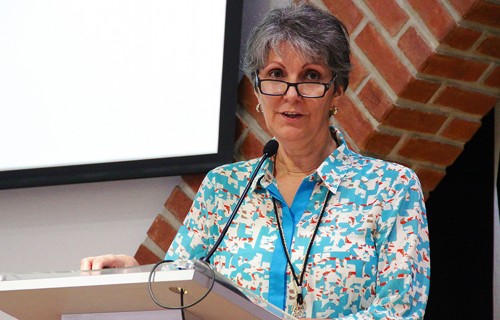Túngara frog tadpoles that grew up in the city developed faster but ended up being smaller.
Profile: Donald Winsdor
What is merdigery?
Panama City, Panama
Some beetles have a rather inventive, if unsavory, way of fending off predators.
Scarab beetles are known for their unsavory habit of eating feces. Their lesser-known cousins, the Cassidines, take their use of excrement further: They coat themselves in a shield of their own waste, a behavior known as merdigery.
Predators and parasitoids aren’t turned off so much by the peculiar look of these shields as they are by their contents: protective chemicals produced by leaves that the beetles eat. Conspicuously colored; some beetles also advertise their own toxicity.
That some Cassidines have not only overcome plant defenses but now use them to their own advantage is just one reason why tortoise beetles are interesting to scientists. They are highly successful worldwide because they opportunistically colonize a wide range of habitats from grasslands to forests.
After years of studying the highly coevolved relationships of Cassidine beetles and plants in Panama, STRI staff scientist Don Windsor is surveying beetles and their plant hosts in Ecuador, Bolivia and French Guiana. Recently, at an international conference in Korea, he compared the new world Cassidines with their old world counterparts.
